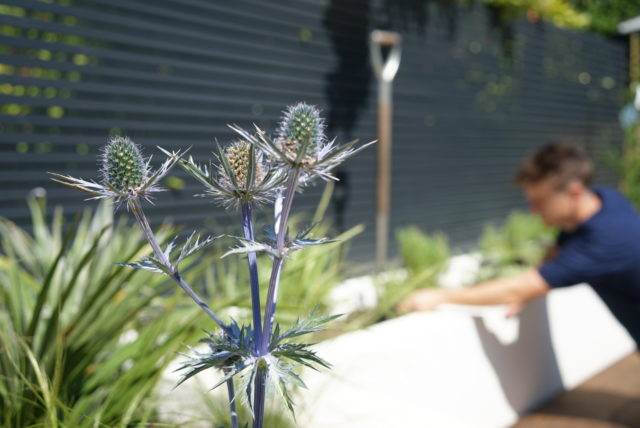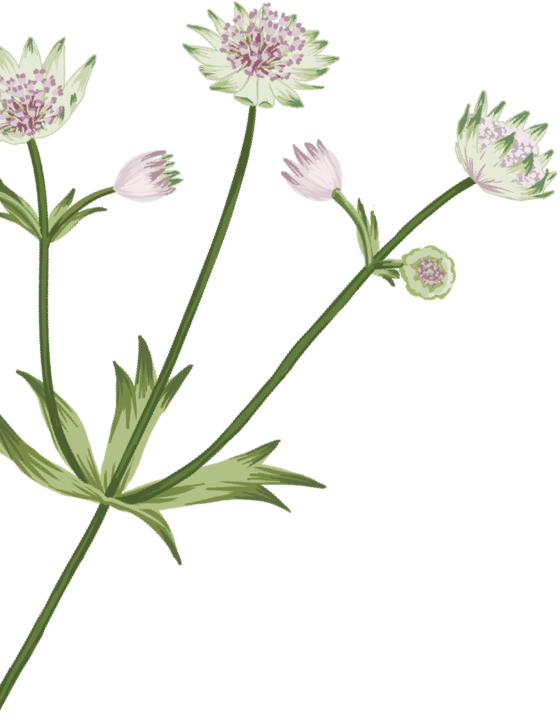Situated on the edge of central Oxford, just a stone’s throw from the train station, is the country’s oldest botanic garden. Established in 1621 Oxford Botanic Garden’s mission is ‘to share the scientific wonder and importance of plants with the world’. What really matters about this garden, to us at least, is its serenity, compactness, and seemingly unending array of plants which fit together to create a garden that somehow feels both wild yet manicured and maintained yet free-flowing – all in just half a square kilometre of grounds.
Managed areas combined with areas with a more natural feel to them work together to create a garden with universal appeal. With clean gravel pathways festooned with roses on either side, foxgloves and alliums towering above the greenery below, oases of woodland and jungle plants dotted amongst shimmering grasses, and rock gardens transporting visitors to the Mediterranean coast, there are countless moments of inspiring planting, careful design, and understated features throughout. From this small but overflowing garden with something for every type of garden lover, we’ve selected a few of our favourite features with some helpful suggestions as to how to apply them to any outdoor space.
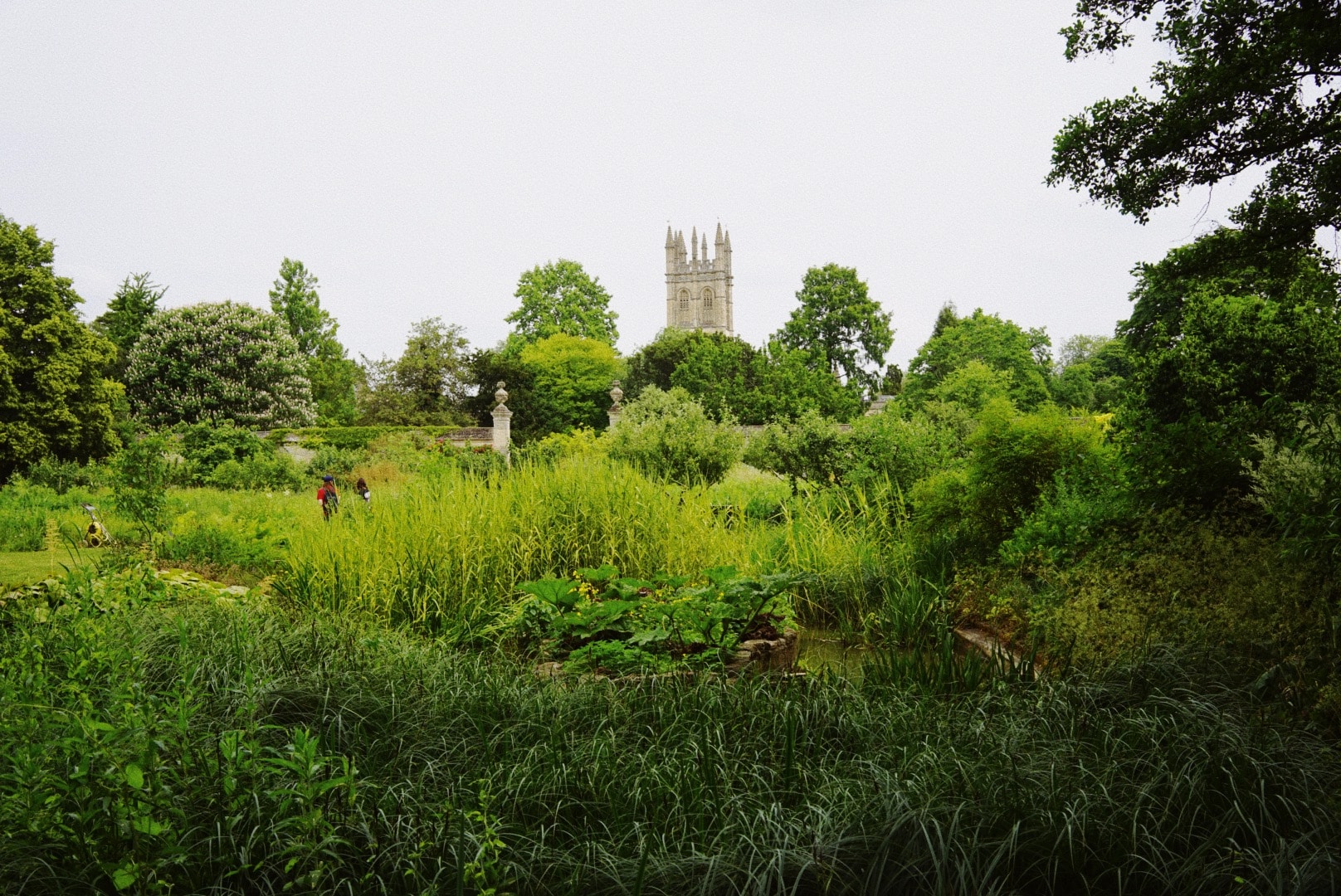
The arid Mediterranean plants below work perfectly, planted amongst tiered rocks in a section of the garden dedicated to plants found in Turkey, creating a landscape that evokes warmer climes. We’ve yet to see our own Mediterranean theme used as part of a rockery… but we hope it’s only a matter of time.
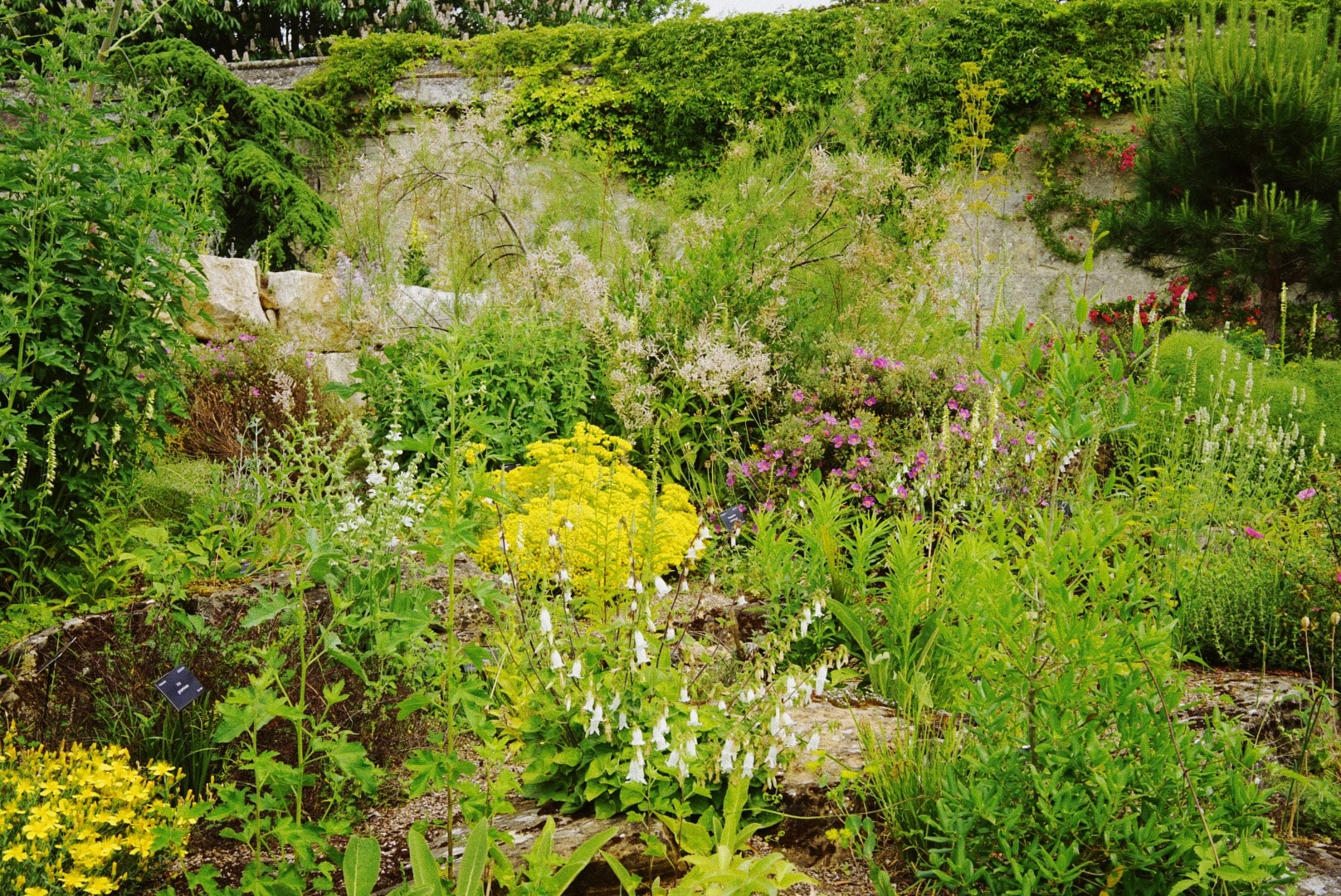
As with all of the best gardens, Oxford Botanic Garden makes excellent use of height, with variations of different levels and eye lines visible throughout almost every section. We design all of our plant combinations at Dig to do the same thing but if you haven’t ordered a garden from us, it’s easily achievable with a few careful choices. Just one type of plant rising above a bed with an eye-catching flower (as pictured below) can transform a flower bed, line of window boxes or collection of terracotta pots.
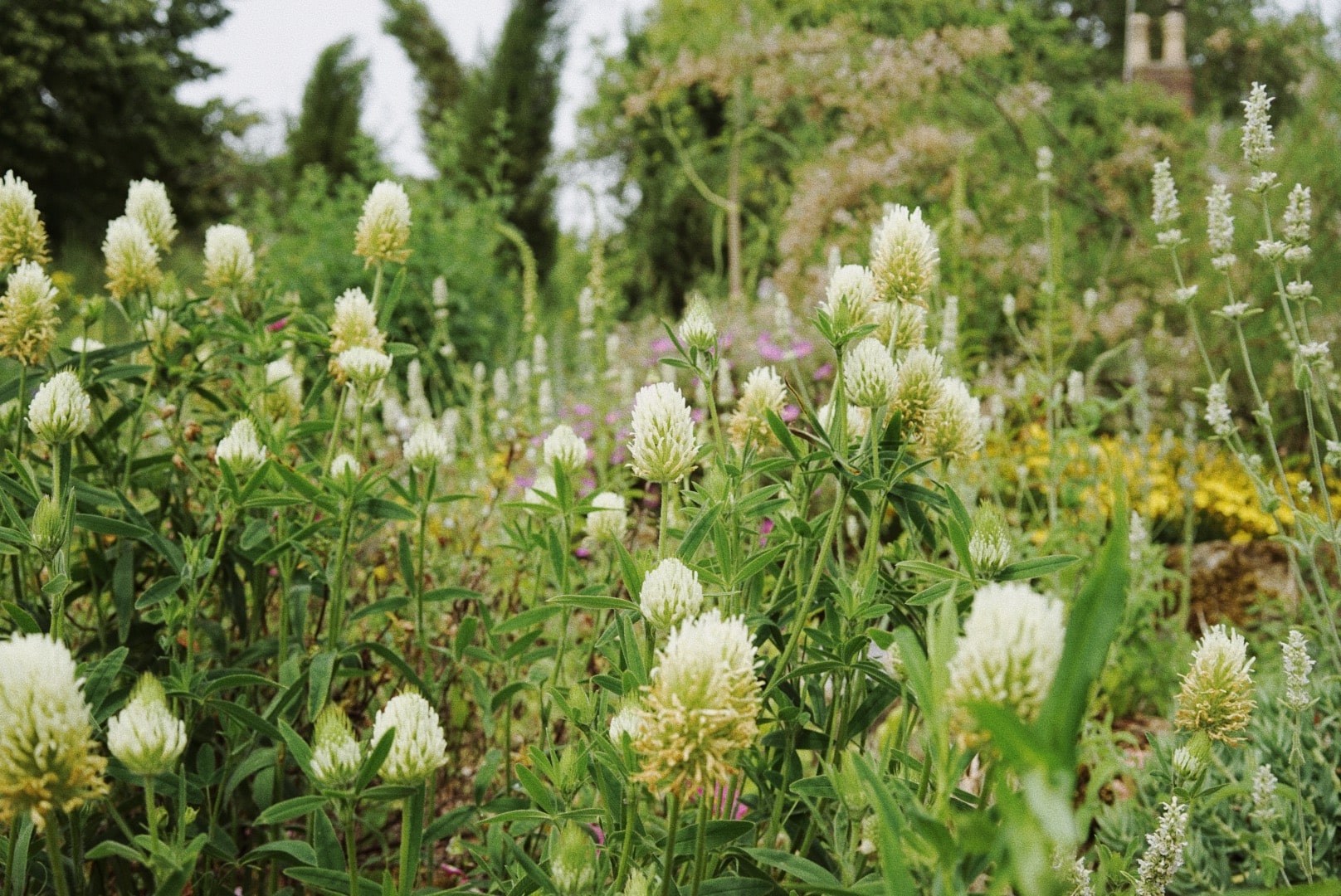
Below is the trunk of a Dicksonia antarctica, or Tree Fern – but what we’re really interested in here is not the Dicksonia the bright green Soleirolia or ‘Mind Your Own Business’ growing up it. Allowing plants to grow up and around others can give a beautiful sense of wildness, if kept an eye on to ensure that one plant doesn’t take over another. Mind Your Own Business can be used to fill gaps and create a green carpet up and between plants. It will guaranteeably spread like wildfire though, as a word of warning, so proceed with slight caution.
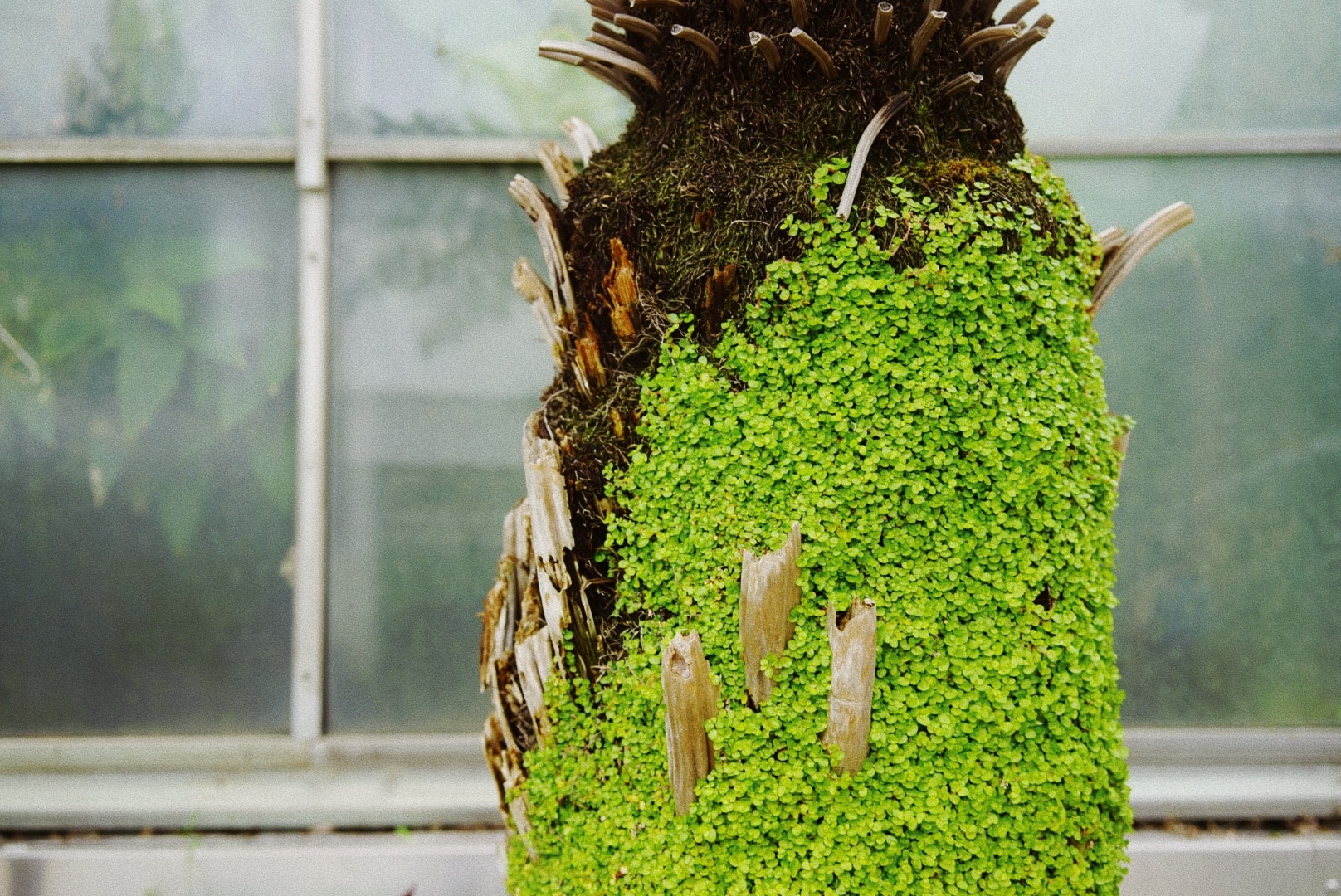
Below is an Allium that has finished flowering – and we were very happy to see it left to go to seed. Come the winter, if left, this will create a beautiful dry brown flower head that continues to provide visual interest and structure to a garden at an interesting height, long after it has stopped growing. Wherever possible, leaving plant with interesting shapes and textures to die and dry at the end of the season, cutting them back much later in the year.
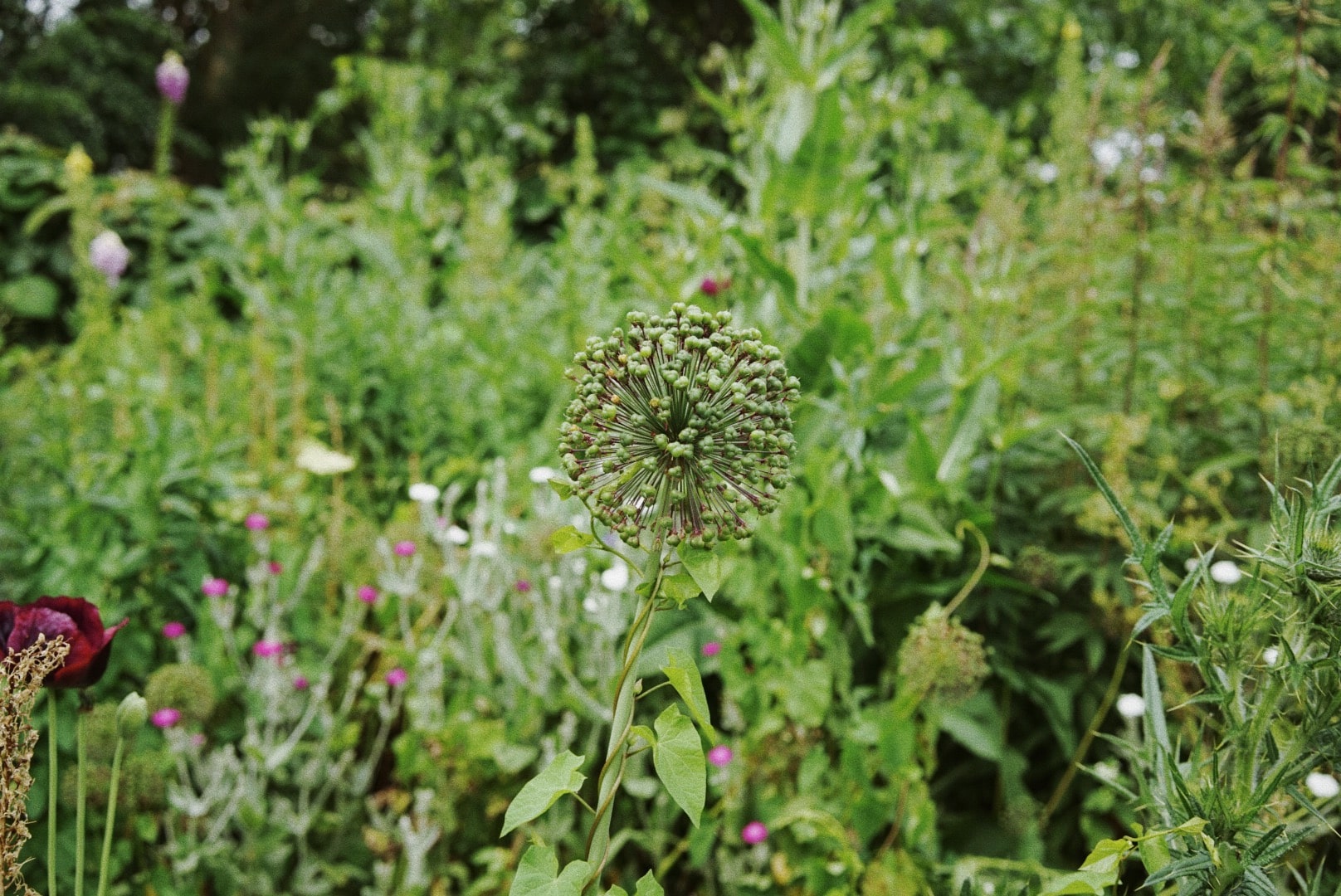
With structure, height, texture, seasonal flowers and tall blooms growing through shrubs and perennials, the walled garden section of OBG has all of the elements needed to make a border that will provide interest throughout the year. The section below also serves as a reminder not to concentrate all “interesting” or “hero” plants at the front of a bed or display – whether in a border, window box or a collection of pots. Taking a look particularly at the bright red and purple poppies in this photo, they are perfectly comfortable anywhere in this bed due to their height. An important thing to think about when planting is whether the plant will be visible where you want it to be because, ultimately, gardens are for looking at and enjoying.
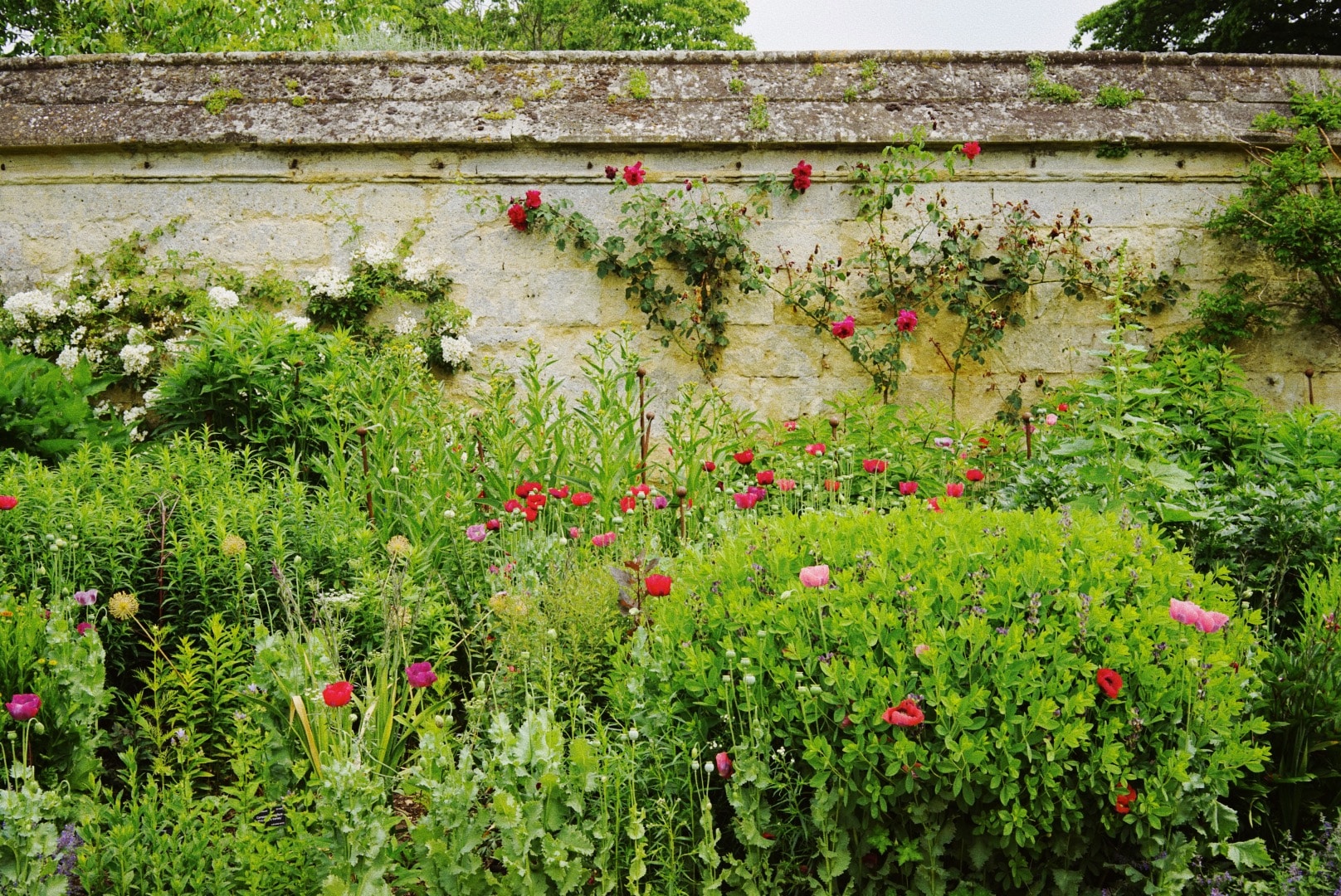
A favourite feature of ours, and found in the magnificent, tropical Water Lily house (pictured afterwards), we found some beautiful Adiantum “Fragrans” ferns planted along the edge of a path, underneath the pipework around the edge of the room. Unassuming, low to the ground, and planted amidst so many extraordinary flowering, hanging, otherworldly plants, these humble ferns created a strong green border around the bottom of the pathway. Clever planting that conjured interest where there would otherwise be none. You can apply this technique with any compact plants along the edge of a path, underneath a garden bench, shelf or step, to create visual appeal in an unexpected space.
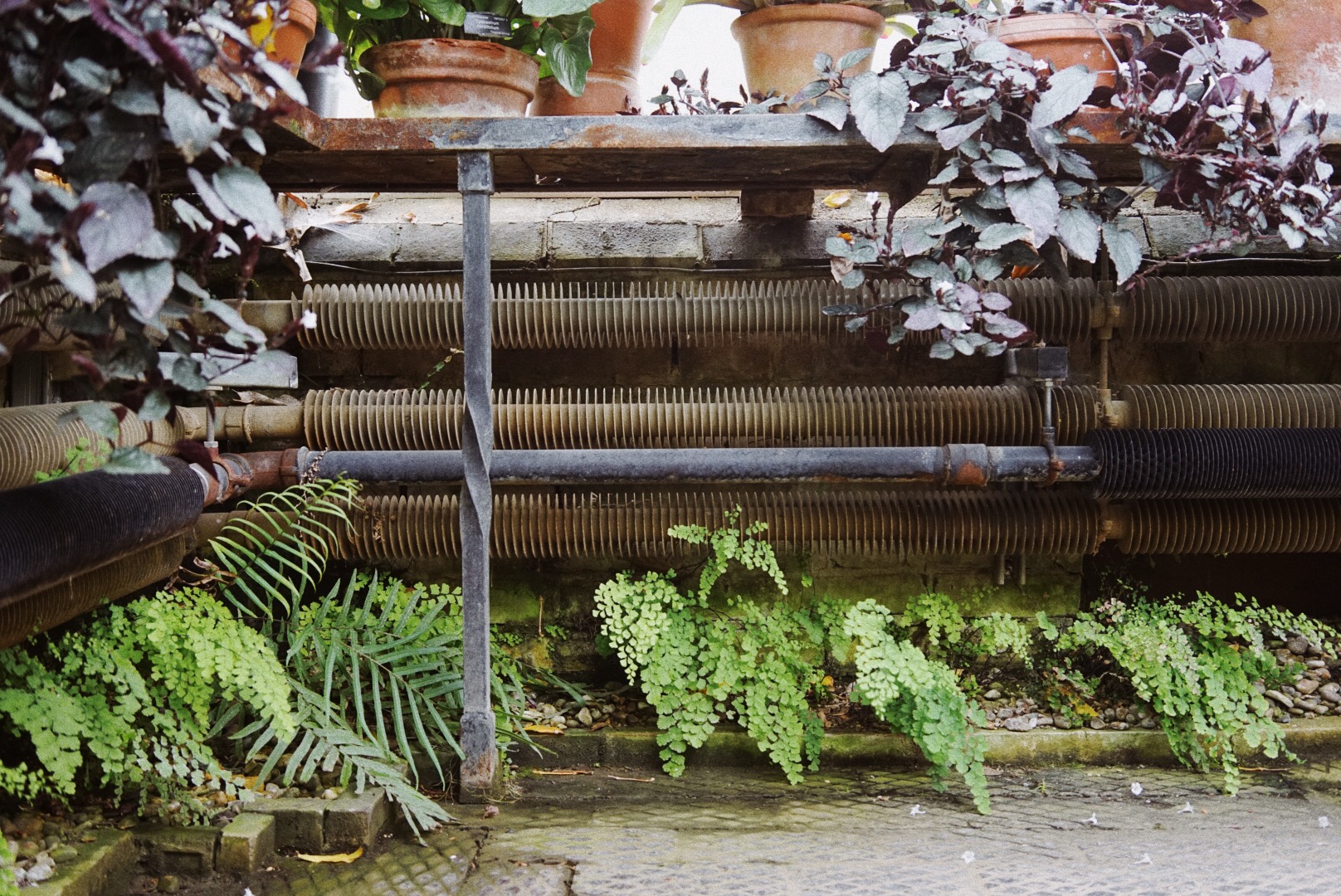
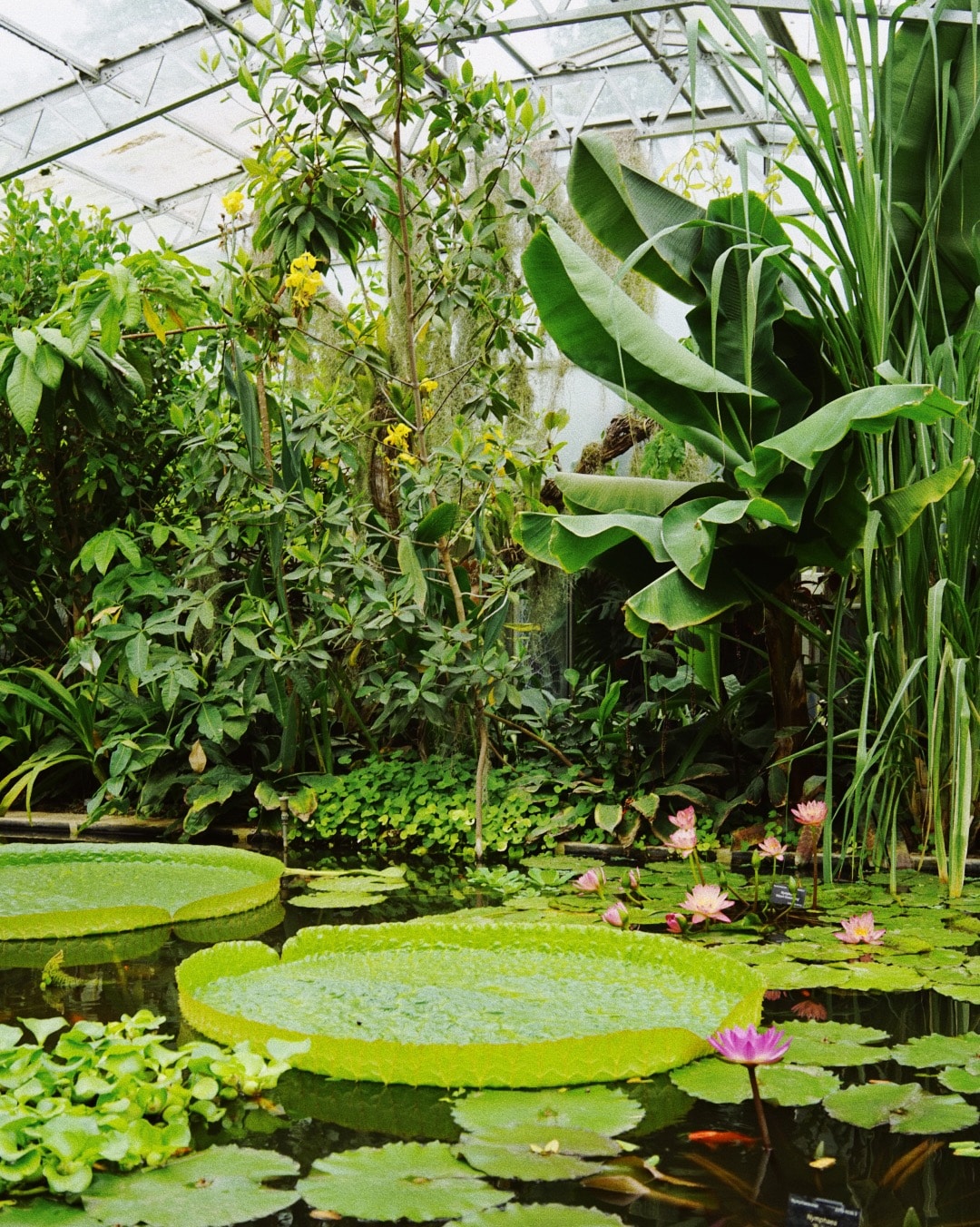
The long straight path that cuts across the garden from south to north beautifully draws the eye into the distance. Thinking about where the eye is drawn in a garden can be a useful exercise in deciding where to position plants. This pathway is also a helpful example of how beautiful and natural an impression allowing plants to grow over the edges of a pathway can create. Thinking about these two things isn’t just for those lucky enough to have a nice long garden though. Edges can be softened in any space with the right planting, and eyes can be drawn to different parts of any outdoor space by creating corridors of greenery and colour.
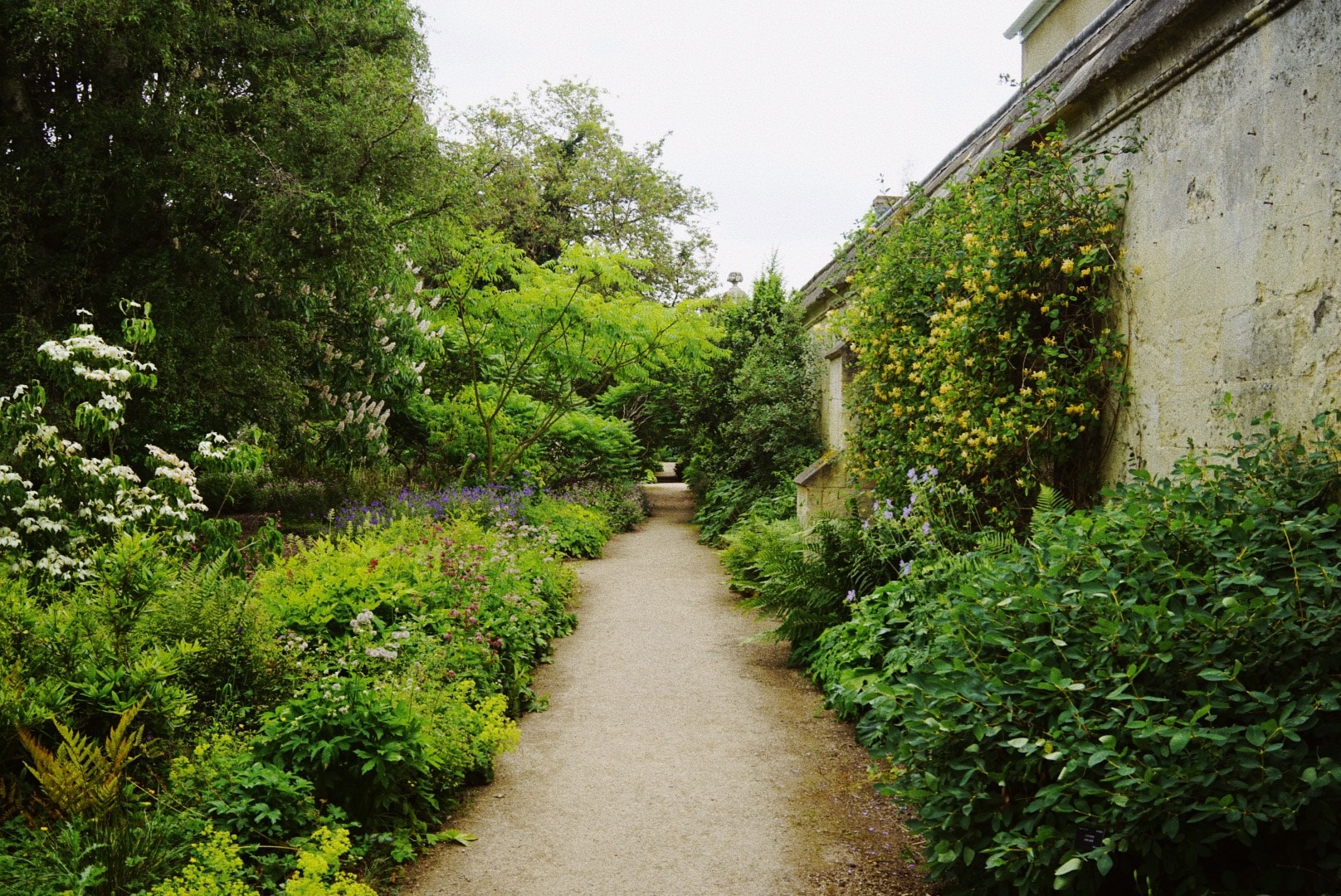
Find out more about Oxford Botanic Garden here on their website. They are open every day from 10-5pm.
All images credit: Ed Maitland Smith/Dig
